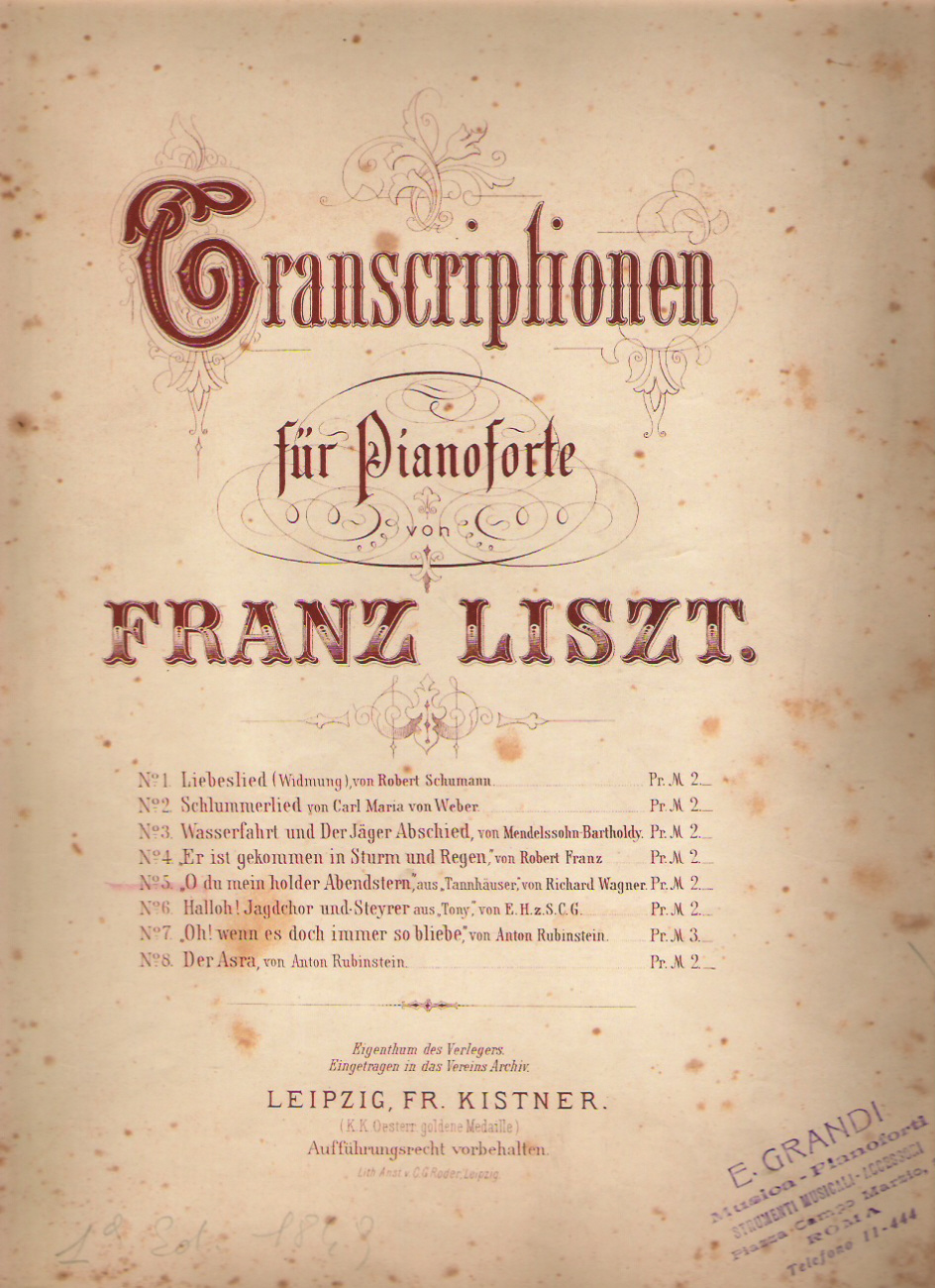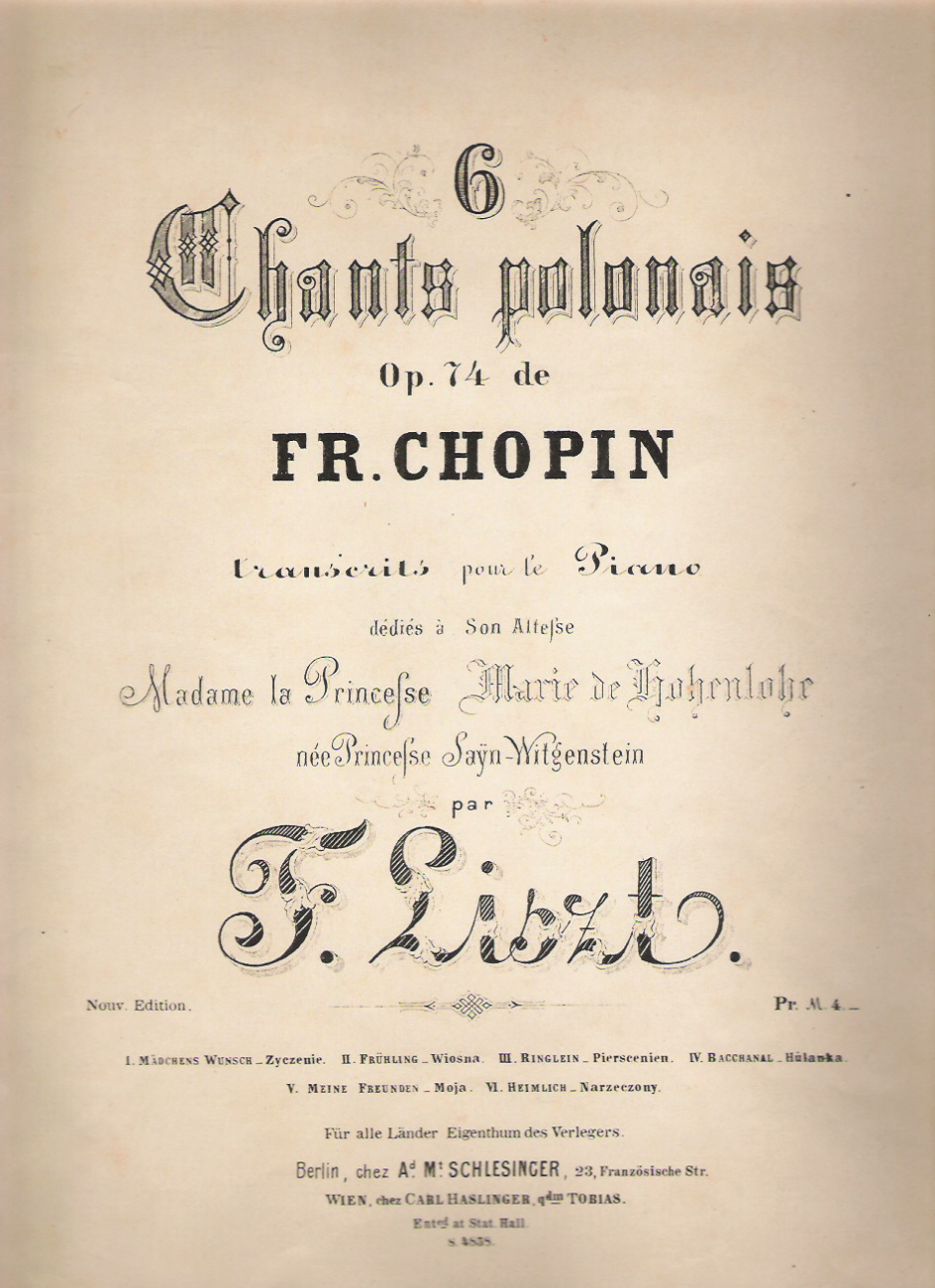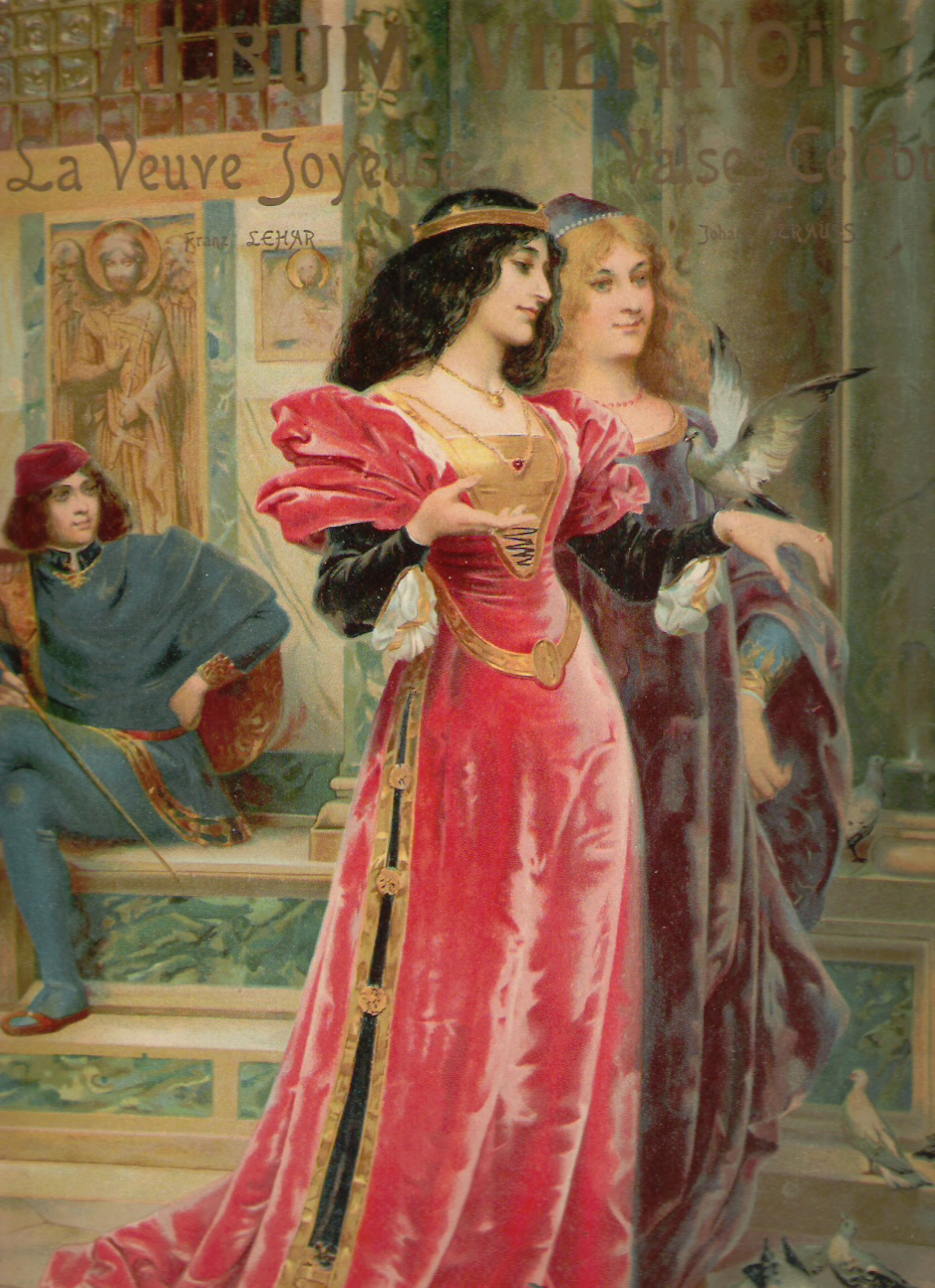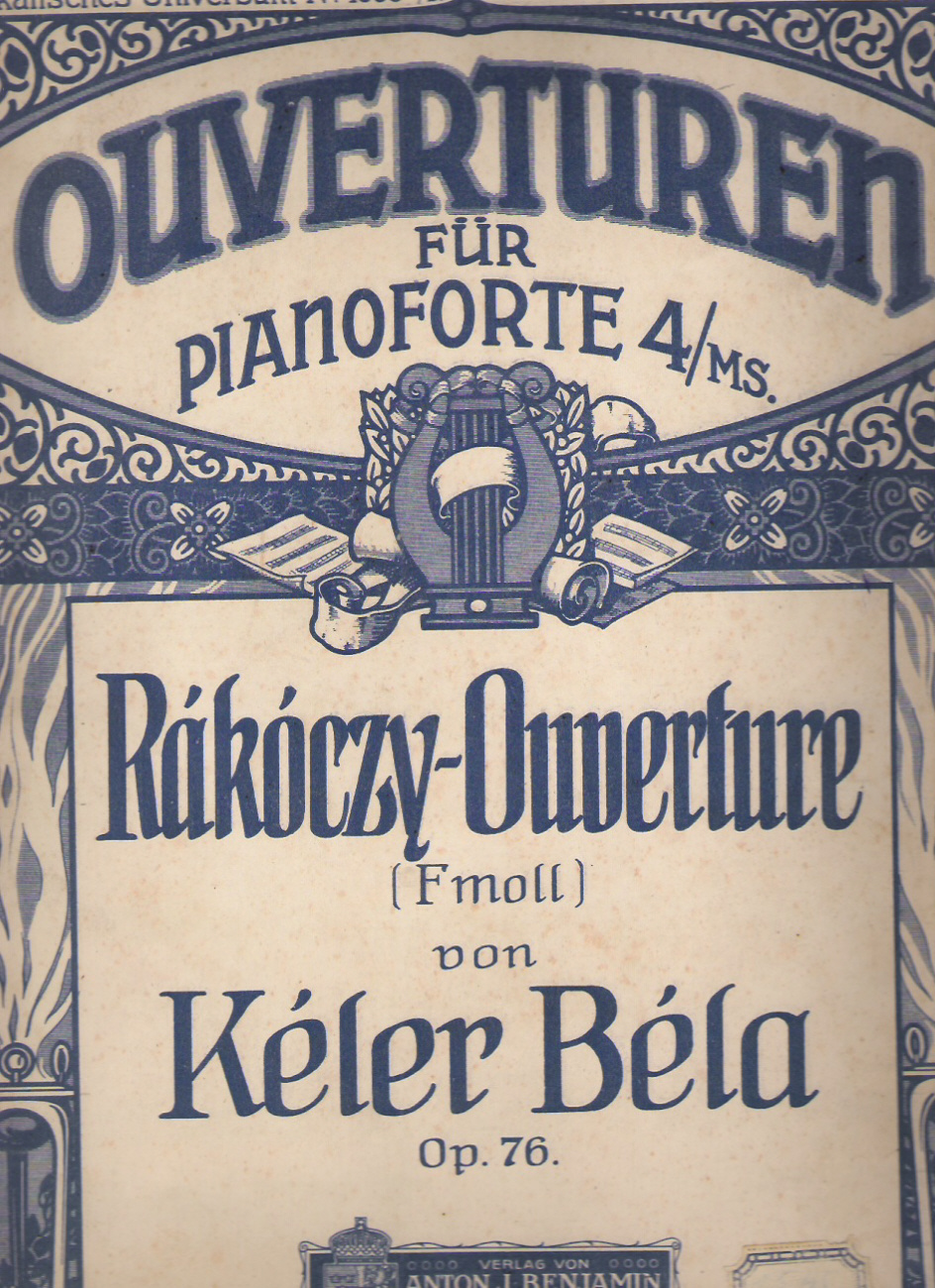Once in the Hungarian land, we could not miss,
crossing the ancient
The soul of Liszt show us in all its phantasmagoric presence.
We hear in the distance, the czardes, hours and
all that wonderful tsigan folklore that has always represented the mists, small
flights of geese and “scapigliate” horseracing in the plains where, still the
giant figure of Ferenc "The Hungarian"
enthroned undisputed…
There seems almost to hear in the humid
morning, the solemn notes of the most famous Hungarian rapsodia when, in severe
shades of C sharp minor, makes us addentrare in that universe lisztiano for
quick lead with jumps of piano notes to those final aware of growing strength
in a rhythm almost unique… such a way fade any virtuoso pianist.
Even today, the composer of Raiding fascinates
us pears his life so adventurous, full of challenges, loves, generous impulses
towards other musicians, in need of his influence, his career in musical life
at the time.
Liszt was also a composer of
"future", who began to compose pieces that even the great Wagner was
able to understand, but that the great Franz osň launch in the notes, as if his
"bagatelle sans tonalitč", was a seed in the field of music plowed
later ...
LISZT, the Paganini of the piano, the romantic,
mystical, the abbot, all this was Liszt, perhaps the most generous of all the musicians,
who gave others the strength to continue to compose, what he invented the
Symphonic Poem, the great composer of speakers almost terrain, perhaps the
greatest pianist of all time.
Liszt's position in the world of music is,
shall we say, very central, from which radiate all the dynamics and future
prospects linked to the instrument piano, and all rielaborazioni orchestral
most famous for that instrument.
When we talk about the Hungarian Ferenc, we can
not forget to approach the great Wagner, because, almost a musical interweaving
of predestination, attached to the end of the name of the Hungarian composer of
shown
below, in addition to its beautiful photography, in addition to Polish songs by
Chopin, two transcriptions for piano, drawn from two famous works wagneriane,
Tannhauser and Lohengrin:
 (From
Author’s private collection)
(From
Author’s private collection)
O du mein holder Abendstern " Aus
Tannhauser"
 (From
Author’s private collection)
(From
Author’s private collection)
1st edition by Fr. Kristner, Liepzig
and
Zwei Stucke
 (From
Author’s private collection)
(From
Author’s private collection)
Only the part n.1, related to the
Tannhauser
"Einzug der Gaste auf
Wartburg"
In the history of music, is considered against
the most famous Polish composer, Frederick Chopin, as a great friend and helper
in all senses, to the point of accostarli, both as a symbol of two pianists
similar, but different in their inspiration.
This musical score, the Polish songs, or
polonnaise, bring within it together in the popular sentiments of their
national aspirations, where the patriotism and sense of remoteness from their
homeland, often approached them in their vein inspired…
6 Chants polonais
op.74 de Fr. Chopin
 (From
Author’s private collection)
(From
Author’s private collection)
First to greet the great pianist of Raiding, I
quote from my collection, once the first edition Lisztiana:
AM STILLEN HERD
 (From
Author’s private collection)
(From
Author’s private collection)
Lied aus Richard Wagner's
MEISTERSINGER
Trascription for piano
Berlin, T. TRAUTWEIN
A fast point of Lehar
operettista with the vision of a music book::
DIE IDEALE GATTIN
 (From
Author’s private collection)
(From
Author’s private collection)
Wenn meine gattin so kussen
konnt !
Ediz. L.Doblinger Leipzig
And, with a cover rich, full of Renaissance
colors:
LA VEUVE JOYEUSE
 (From
Author’s private collection)
(From
Author’s private collection)
Some piece by perhaps the most famous operetta in
the world, transcribed for piano
A quick thought, the Hungarian composer Béla Kéler.
great musician from vein purely Hungarian, whose music enriches the repertoire lisztiano,
which present the score:
RAKOCZY-OUVERTURE
OP 76
 (From Author’s private collection)
(From Author’s private collection)
EDIZ. ANTON J.BENIAMIN HAMBURG
La vita di Kéler Béla va dal 1820
fino al
Before any move from this area of Central
Europe, are to submit one or perhaps the first edition of the famous Hungarian Rapsody in C sharp minor,
that sort music as a symbol of the entire Hungarian nation.
 (From
Author’s private collection)
(From
Author’s private collection)
In this rapsodia, in addition to calls tzigani
and "Puszta" after the famous and mesto "lassan," we have
the lively "friska" which leads us into a carousel music unbridled
towards a pre rest to finish in triumphant end of the song .
To contact me by email:
carlolamberti@albabarozzi.it